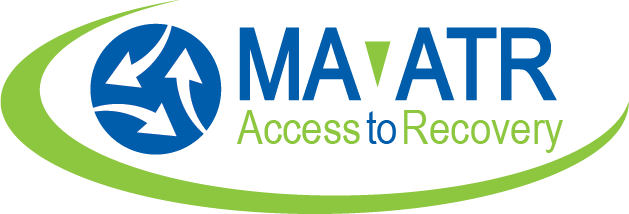Our Impact
Recovery is possible for anyone with a substance use disorder - we have seen it!
ATR affirms that every individual can define their own recovery path. We bring participants into the process, helping them plan their recovery goals and connecting them to the resources they need to achieve them. Through care coordination and support for basic needs, we remove the obstacles to recovery costing an average of about $2,700 per participant.
After six months in ATR, nearly all ATR participants maintain abstinence from drugs or alcohol, have no new involvement in the criminal justice system, are stably housed, employed, and feel better about their quality of life.
After six months in ATR, nearly all ATR participants have successfully maintained abstinence from drugs and alcohol.
Increase in participants securing employment while in ATR.
The majority of ATR participants successfully complete their job readiness or job training program.
After six months in ATR, nearly all ATR participants had no new arrests or new connections with the criminal justice system.
Increase in the number of participants owning or renting their own apartment, room, or house while in ATR.
*Data includes only those participants who had interpretable responses at both enrollment and disenrollment.
Data represents 7,313 participants who self-reported these findings and were enrolled in ATR between 1/1/2020 – 12/31/2023.
